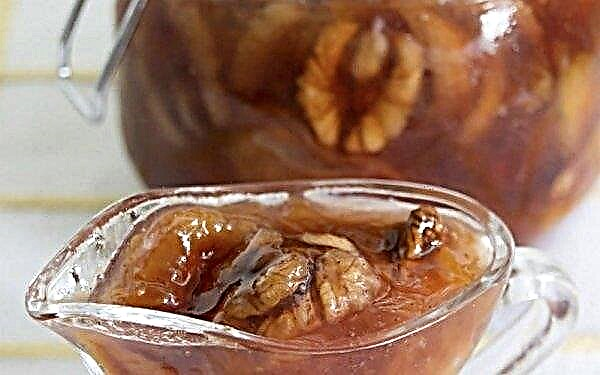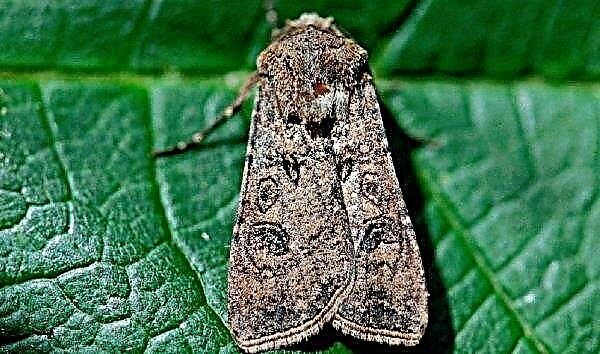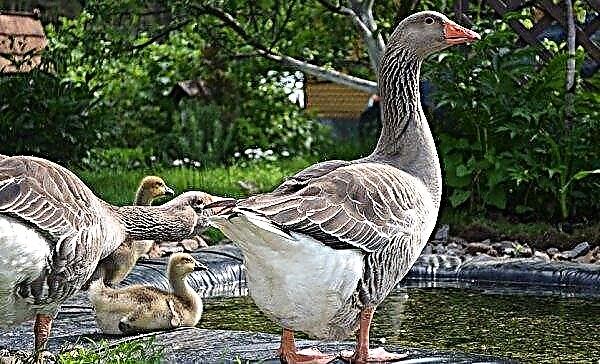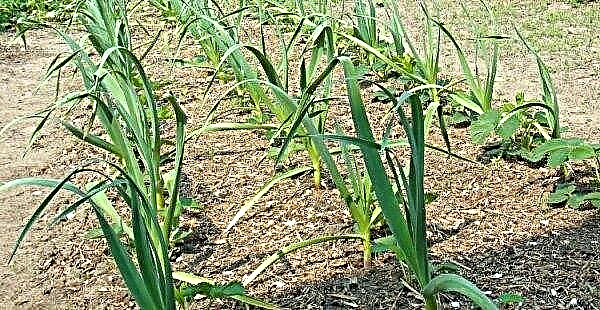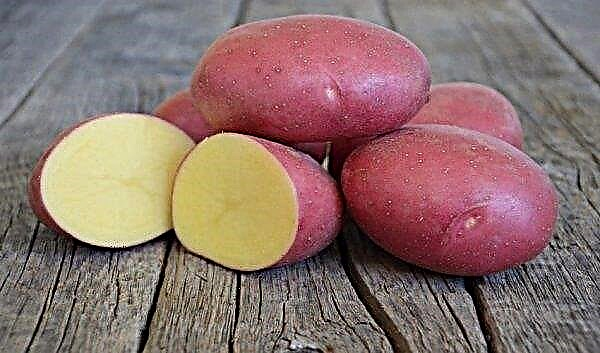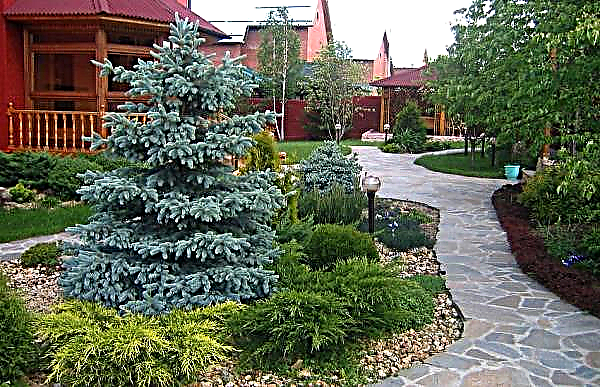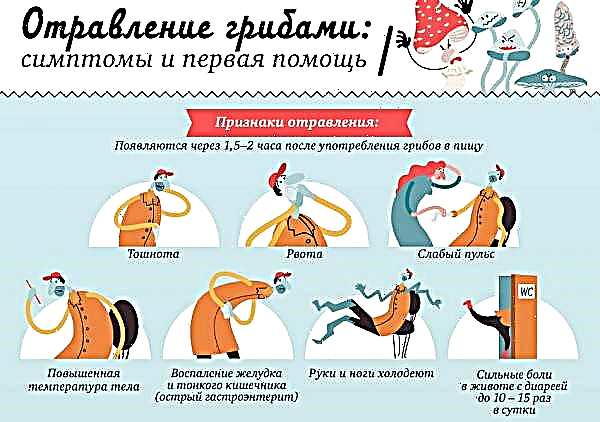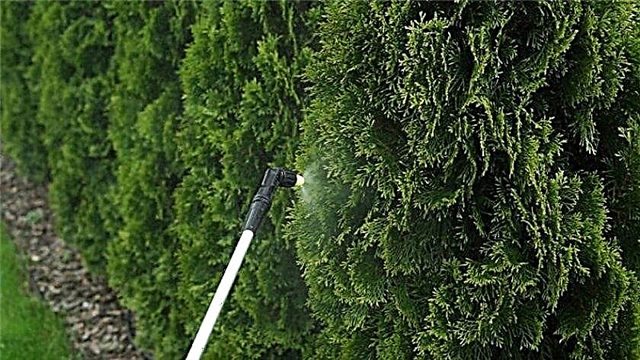Bagheera winter wheat is a variety obtained by selection and multiple selection. A description of the crop and its characteristics will help to get an idea of the seeding rate, yield and cultivation characteristics.
Origin history
Many modern types of wheat are the result of centuries of selection. Work aimed at developing cultivars in Russia was organized in 1894. This year, the Bureau of Applied Botany was founded, the task of which was the selection of crops, including wheat. Later, during the USSR, the bureau was reorganized into the Vavilov All-Union Research Institute of Plant Production.
During the period of the existence of Soviet power, the institute collected a world fund, which totaled tens of thousands of plant species, which included wheat. This fund served as material for research and development of new varieties adapted for growing in the climate of the Union Republics.

The most productive development of winter wheat was carried out by such breeding centers as the Odessa All-Union Scientific Research Institute for Breeding and Genetics, the Krasnodar Scientific Research Institute of Agriculture, the Mironov Scientific Research Institute of Wheat Breeding and Seed Production (Kiev Region). Today, federal research centers are engaged in the selection of wheat and other crops.
Bagira soft winter wheat variety was bred by the specialists of the GNU of the Stavropol Scientific Research Institute of Agriculture of the Russian Agricultural Academy by breeding hybrid winter wheat populations. Such hybrid varieties as Skifyanka, Albatros Odessa and Ukrainka Odessa served as the material for development. The variety obtained in this way went through multiple selection, as a result of which the variety in question was developed. A detailed description of the variety and its characteristics is given below.
Botanical Description
This variety of winter wheat belongs to erythrospermum. The stem of the bush is semi-erect. The plant is of medium height - 72–101 cm. There is no yellowish bloom on the upper internodes and on the stem. The spike has an average density. The spike shape is pyramidal, white in color, and medium in length (5–6 cm). At the apex there are middle awns (10-11 cm) with short processes. The grain is large, egg-shaped, golden yellow.

Variety Characteristics
The purpose of the development was the creation of fundamentally new varieties of spike crops with high resistance to abiotic stress and increased yield. In addition, it was planned to increase the quality of grains and their processed products (bran).
Characteristics are determined by the following parameters:
- productivity;
- seeding rates;
- resistance to diseases and pests;
- resistance to drought;
- cold tolerance.
Productivity
The growing season is 269 days. The mass of 1000 grains is 44 g. This variety is grown mainly in the Stavropol Territory. Productivity in the region is, on average, 40 c / ha. In the north-eastern and eastern regions of the region, the yield is 46 kg / ha. The maximum yield was obtained in 2011, and its volume exceeded 80 c / ha.

Seeding rates
Sowing rates and sowing dates directly depend on such factors as soil moisture, seed quality, soil salinity and climatic conditions. In arid and extremely arid regions of the Stavropol Territory, the seeding rate is 3.0–3.5 million seedlings per 1 ha. In an area with relative humidity, the norm is 3.5–4.0 million. In an area with sufficient humidity, the norm is much higher - 5.0 million seedlings per 1 ha.
Important! The seeding rate must be adjusted based on specific climatic conditions.
Disease and pest resistance
The variety is highly resistant to leaf-stem diseases and pests. This feature is due to multiple selection and high quality selection material.
Bagheera winter wheat is resistant to the following diseases and pests:
- brown rust;
- powdery mildew;
- Septoria;
- fusarium spike;
- solid smut.
In addition, the variety is resistant to phytophage parasites such as aphids, cicadas, thrips, and bread sawfly.

Resistance to drought
The drought tolerance of the variety is above average (7–9 points). The variety successfully sprouts in areas with a medium-arid and arid climate. However, in conditions of moderate humidity, seed germination is much higher. It should also be mentioned that the yield in such areas will also be greater.
The described variety is highly resistant to lodging and sprinkling of ears. The quality of such wheat allows us to consider it a valuable crop.
Did you know? Ukrainian wheat varieties are considered the most high-quality and valuable. They are sown in almost all countries of the world, in addition, some varieties have become the material for creating new varieties.
Cold tolerance
Winter wheat resistance to frost is medium. Crops of cereals occur in the winter, so cultivars have the ability to withstand low temperatures. Given the climatic conditions in which it is recommended to grow a crop, the temperature in winter should be average. It is not advisable to grow soft winter wheat in the northern regions with harsh winters.

Growing Features
Each plant has its own growing characteristics. Crops are no exception and require a special approach when sowing, caring and harvesting.
Crop rotation
Crop rotation - alternating sowing of different crops in one area. This is necessary in order to avoid soil depletion as a result of growing plants. The fact is that crops consume large amounts of soil resources. In order for the land to remain fertile and preserve nutritional resources, it is necessary to alternate crops or give the soil time to recover.
Sowing winter wheat can be alternated with broadleaf and leguminous plants. At the same time, an increase in the yield of grain crops is observed. Wheat can be alternated with sunflower, flax, peas, horse beans. These agricultural crops affect the soil moisture, as well as the degree of salinity, which positively affects the productivity of wheat.

Landing time
Planting dates must be observed in order for the plant to successfully adapt to the environment and soil, develop resistance to drought and frost. The optimal time for sowing is September 25. It is this time that is most suitable for the plant to develop and form a full-fledged bush. Only under such conditions can it survive the winter safely.
Important! Failure to meet planting dates can lead to a significant decrease in yield.
Early sowing (September 5) is fraught with the formation of a densely overgrown aerial part, which reduces the resistance of wheat to frost. Later planting dates (October 15) also negatively affect the survival rate and productivity of the plant. In this case, the root system and the aerial part do not have time to fully develop. Their formation is suspended for the winter period and restored only in the spring.

Soil requirements
To get an abundant wheat crop, it is necessary to comply with the soil requirements in which the cultivation is planned. So, the earth must be fertile and contain substances such as phosphorus, potassium, nitrogen, etc. The preferred pH level is 6–7.5 units. A suitable type of soil is chernozem. The composition of the soil must necessarily include humus - approximately 12%. In addition, it is desirable that the soil is moderately moist.
Video: How wheat grows, from grains to harvesters
Care
Caring for winter wheat involves providing moisture in the soil, timely fertilizing and cultivation.
Cultivation is necessary in order to facilitate access of moisture and fertilizing to the soil and, therefore, to plants. In the winter period, to detain the snow, which during the melting process provides the soil with water, the area with crops is protected by tall plants, for example, sunflower. Sunflower seeds are sown during the next cultivation on July 15–20.
 To ensure irrigation create forest plantations along the perimeter of the fields, as well as create reservoirs. Over time, soil resources are depleted, so you need to regularly fertilize. Top dressing should contain nitrogen, potassium, phosphorus. Fertilize the soil in spring, autumn and summer.
To ensure irrigation create forest plantations along the perimeter of the fields, as well as create reservoirs. Over time, soil resources are depleted, so you need to regularly fertilize. Top dressing should contain nitrogen, potassium, phosphorus. Fertilize the soil in spring, autumn and summer.
Pest and Disease Control
Diseases and pests can cause great damage to the crop.
Winter wheat is attacked by the following pests:
- Wheat ground beetle. This parasite is a bug about 15 cm long that feeds on young wheat seedlings. It is dangerous in that it destroys the crop before it ripens.

- Hessian fly. The shoots of the plant are affected, as a result of which they die.
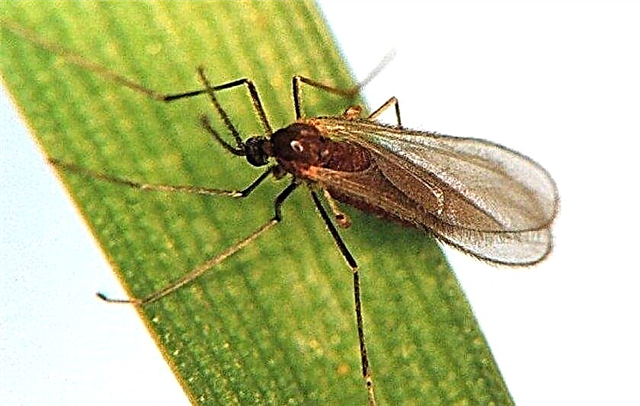
The culture is highly resistant to disease. (8-9 points), however, there are still a number of diseases that wheat can undergo. Among those distinguish black rust. The disease manifests itself in the form of dark spots on the stem. As a result of the defeat, lodging of the stem occurs. Also found smut smut. This disease is immediately impossible to notice, since the lesion occurs from the inside. As a result, the grains dry out, which leads to shedding of the spike.
To combat diseases and pests, spraying with insecticides is used. As a prophylaxis, the crop rotation method is used.
Harvesting
It is possible to harvest wheat after the grains have ripened to a degree suitable for harvesting.
In this case, you must adhere to the following rules:
- Correctly determine the degree of maturity of the grains.
- Choose the right weather.
- Choose the appropriate cleaning method.
The degree of maturity of wheat grains can be determined by the moisture content in them. There are three types of ripeness: milk (60–70% moisture), wax (35–45%) and full (12–20%). Before the harvest, a control measurement is necessary to determine the degree of maturity. To do this, harvest ears on the diagonal of the field and thresh them. Only after there is confidence in the readiness of the crop can it be harvested.

Harvesting is best done in dry, sunny weather. Before harvesting, the field must be properly prepared. To do this, the entire area is divided into small sections and mowing along the perimeter.
Did you know? In Podil (Khmelnitsky region, Ukraine) wheat was cultivated as early as the 4th millennium BC. e.
There are several ways to harvest:
- Single phase. It implies total combining of grains that have reached full maturity (less than 15%).
- Biphasic. The method is suitable for harvesting grains of wax ripeness. It means separate mowing with small rolls. Combine threshing is carried out after 2-3 days. This method is good in that it allows you to collect grain with high baking characteristics. Cleaning must be carried out within 2-3 days, no more. If it is not possible to complete the harvest at these times, harvesting should begin as soon as the wheat reaches waxy maturity.

Bagheera winter wheat is a high quality soft cereal. It has increased resistance to drought, frost, disease and pests. All parts of such wheat are used in the food industry for the manufacture of first grade flour and bran.



